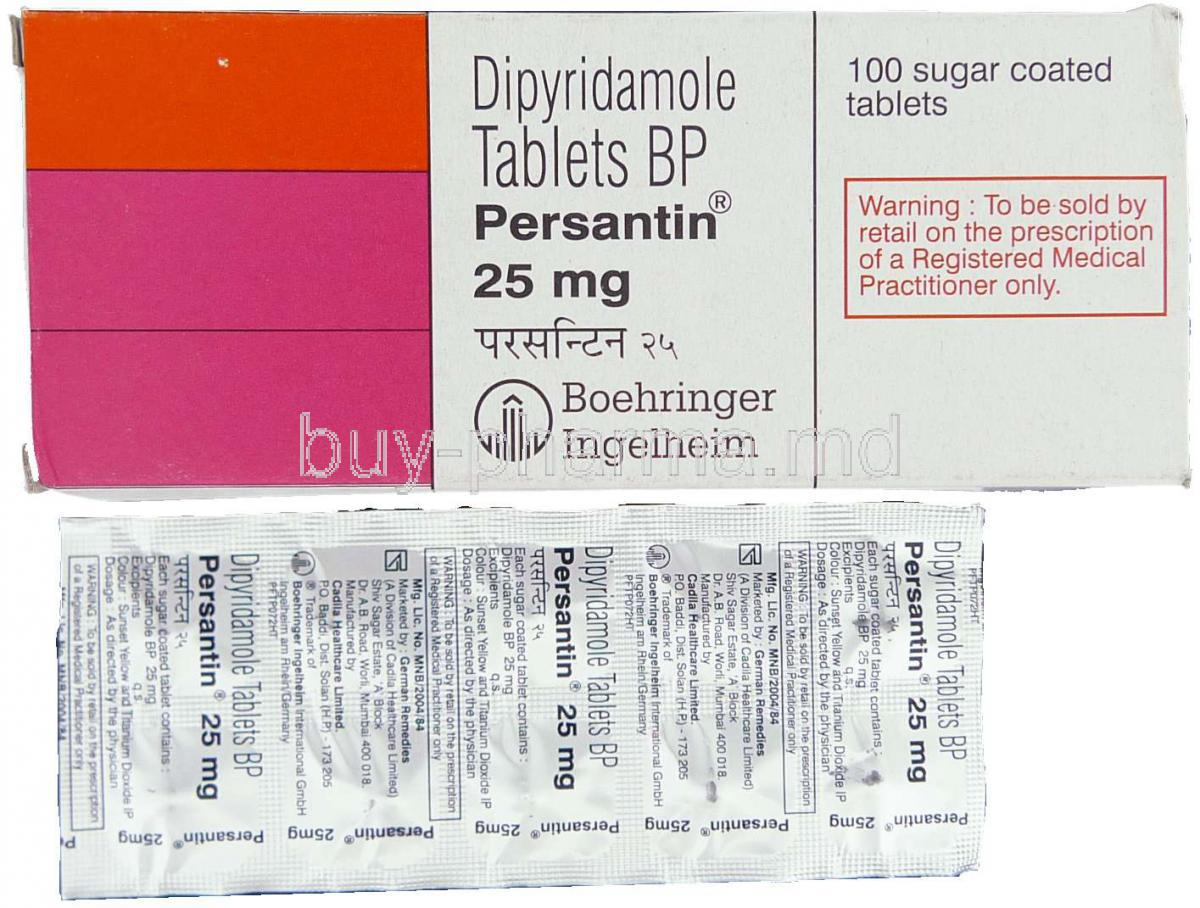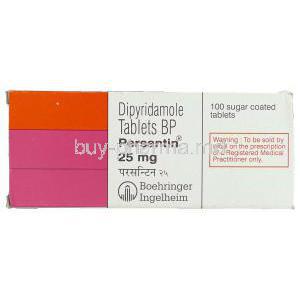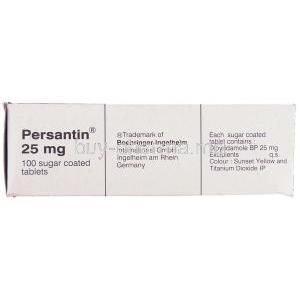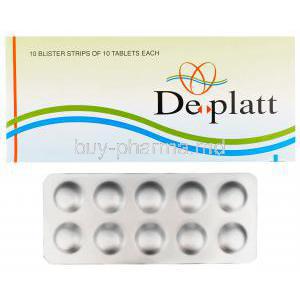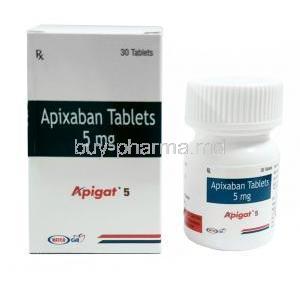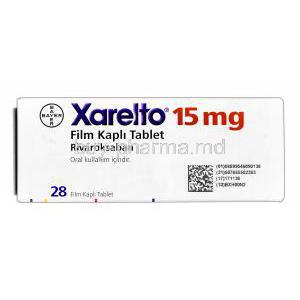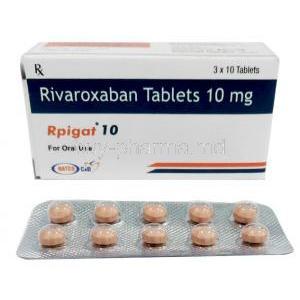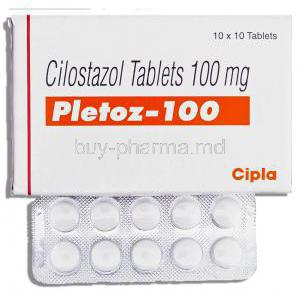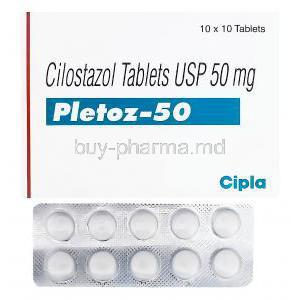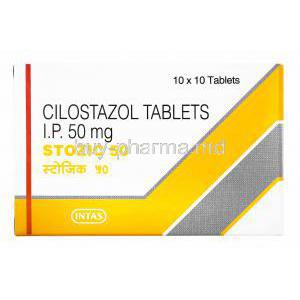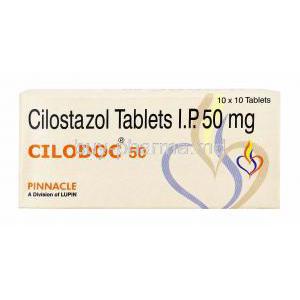Dipyridamole
- I. Introduction to Dipyridamole
- II. Composition and Formulation of Dipyridamole
- III. How Dipyridamole Works
- IV. Indications and Approved Uses of Dipyridamole
- V. Off-label Uses of Dipyridamole
- VI. Dosage and Administration of Dipyridamole
- VII. Special Considerations for Dipyridamole Administration
- VIII. Potential Side Effects of Dipyridamole
- IX. Contraindications and Warnings for Dipyridamole Use
- X. Overdose on Dipyridamole: Recognition and Management
- XI. Safe Storage and Handling Precactions for Dipyridamole
- XII. Important Precautions When Using Dipyridamole
- XIII. Careful Administration: Ensuring Patient Compliance and Safety
I. Introduction to Dipyridamole
A. History and Development
Dipyridamole, a compound with an intriguing past, was discovered in the field of pharmacology. It originated in the twentieth century when there was a strong emphasis on finding new ways to manage cardiovascular conditions.
Boehringer Ingelheim, a pharmaceutical company, pioneered dipyridamole, which received official approval from the U.S. Food and Drug Administration in 1961.
Initially introduced as a medication to relieve artery disease symptoms, dipyridamole has since evolved along with advancements in medicine and pharmacology. It is now primarily used for therapy.
B. General Classification and Purpose
Dipyridamole is classified as an antiplatelet medication, a phosphodiesterase inhibitor. Its main purpose is to prevent the clustering of platelets, which's a crucial step in the formation of blood clots.

How blood clot block arteries
It has shown effectiveness in reducing the risk of thromboembolic complications, especially when used together with other blood thinners like warfarin.
This combination therapy is commonly used after heart valve surgery. Furthermore, dipyridamole also plays a role in procedures, particularly in stress tests, for evaluating heart function.
II. Composition and Formulation of Dipyridamole
A. Active Ingredients and Their Function
The primary active component in this medicine mixture is dipyridamole itself. Its crucial function is to interfere with the thrombosis process by; Slowing down the activity of phosphodiesterase, which ultimately increases the level of cyclic adenosine monophosphate (cAMP) inside platelets; this results in the inhibition of platelet aggregation. Additionally, it stimulates the release of prostacyclin from cells, which is a powerful inhibitor of platelet aggregation.
B. Additional Components in Formulation
While the main ingredient takes the spotlight, it's essential to acknowledge the significance of the elements that play a part in creating the formulation of the drug.
Excipients, like magnesium stearate, which acts as a lubricant, and lactose monohydrate, used as a filler, contribute to shaping the tablet's structure and enhancing its ability to be absorbed by the body.
The coating of the tablet often incorporates hypromellose and polyethylene glycol, which help control how the drug is released and make it easier to swallow.
III. How Dipyridamole Works
A. Mechanism of Action in the Body
The reason why dipyridamole has a thrombotic effect is that it can increase the levels of intracellular cAMP in platelets which helps prevent them from clumping together. This happens through two mechanisms;
- Firstly, dipyridamole stops the enzyme phosphodiesterase from breaking down cAMP, so its concentration increases.
- Secondly, it promotes the release of prostacyclin, which also boosts cAMP production. These combined actions create an environment that discourages the formation of blood clots and plays a significant role in preventing dangerous events like thrombosis.
B. Timeframe of Action and Dissipation
After taking dipyridamole, it gets absorbed quickly and reaches its highest concentration in the bloodstream within about 75 minutes. The drug stays active for a time with an elimination half-life of around 10 hours, indicating its sustained effects over an extended period.
Dipyridamole is primarily metabolized in the liver, forming metabolites called monoglucuronide and diglucuronide. These metabolites don't have any activity and are excreted through the bile and eventually eliminated through the feces. A small portion of the drug is also excreted unchanged in the urine.
IV. Indications and Approved Uses of Dipyridamole
A. Primary Medical Conditions Treated
Dipyridamole has a purpose as an effective antiplatelet agent, but its therapeutic applications cover a wide range of medical conditions. Here are some important health issues where it is particularly beneficial to administer dipyridamole;
- Thromboembolic diseases; Dipyridamole, often used alongside anticoagulants like warfarin helps prevent events in patients with a history of transient ischemic attacks or ischemic stroke. By reducing platelet aggregation it lowers the risk of blood clot formation.(1)
- Coronary artery disease; Dipyridamole is used as a treatment to control angina and prevent clot formation in individuals suffering from coronary artery disease. Its ability to widen blood vessels enhances blood flow to the heart muscles.(2)
- Cardiac valve replacement; After undergoing cardiac valve replacement, there is an increased risk of valve thrombosis. Dipyridamole acts as a measure by exerting antithrombotic effects and reducing this risk.(3)
1. PubMed - Dipyridamole
2. AHA Journals - Dipyridamole for Preventing Recurrent Ischemic Stroke and Other Vascular Events
3. Science Direct - Dipyridamole combined with anticoagulant in the prevention of early postoperative thromboembolism after cardiac valve replacement
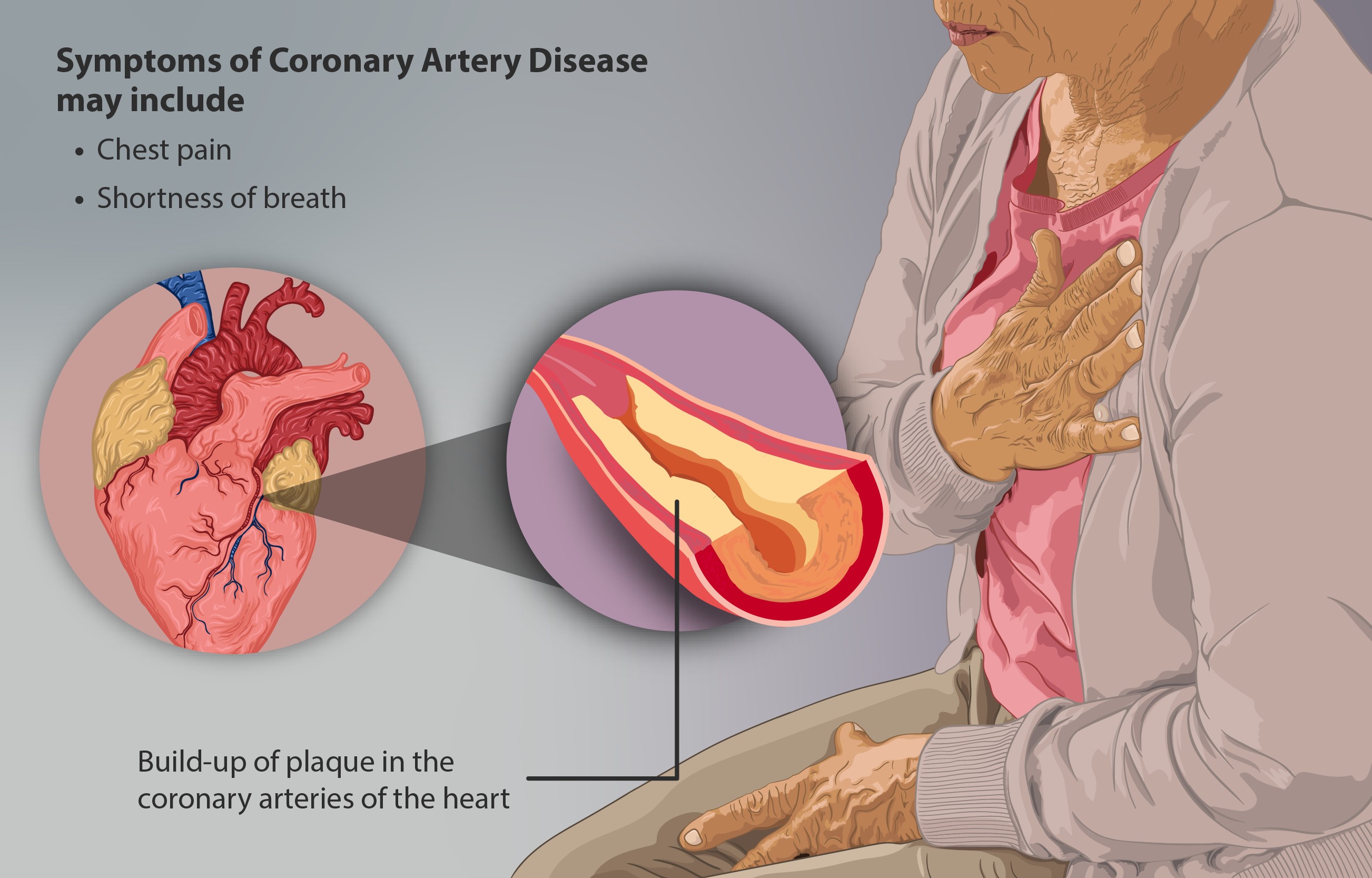
Coronary artery disease
B. Surgical Applications and Procedures
Dipyridamole is primarily used for purposes, but it also has applications in surgical procedures. One important area where it is utilized is surgery.
After patients undergo prosthetic heart valve surgery they are at a risk of developing complications related to blood clots. To prevent these events, dipyridamole is combined with anticoagulants like warfarin.
The aim is to enhance the effectiveness of preventing blood clots while simultaneously reducing the risks of bleeding associated with high-dose anticoagulation.
Moreover, dipyridamole plays a role in myocardial imaging, especially during stress tests. It is administered intravenously to induce vasodilation, which mimics the effects of exercise on the heart.
This helps identify areas of blood flow, in the heart and aids in diagnosing coronary artery disease.
V. Off-label Uses of Dipyridamole
A. Unconventional Medical Conditions Treated
Apart from its approved uses, dipyridamole is sometimes employed for purposes that are not officially endorsed. Here are some instances where it has been used unconventionally;
- Sickle Cell disease; Individuals with sickle cell disease have a higher chance of experiencing vaso-occlusive crises mainly caused by abnormal adhesion of sickle cells to the endothelium. Dipyridamole, known for its antiplatelet and vasodilatory properties, has been utilized to reduce this risk and improve microcirculation.
- Glaucoma; Increased pressure inside the eye is a risk factor for glaucoma. Studies suggest that applying dipyridamole topically can potentially lower pressure offering a new approach to treating this condition.
B. Current Research into Potential New Uses
Ongoing research and clinical trials are exploring the potential of dipyridamole for therapeutic purposes. Currently, several areas are being investigated;
- COVID-19; In light of the health crisis caused by the novel coronavirus, there is emerging research suggesting that dipyridamole might have antiviral properties. It is believed to hinder the replication of SARS-CoV-2, the virus for COVID-19, which could make it a promising adjunct treatment option. However, clinical validation is still underway.
- Pulmonary hypertension; Dipyridamole's ability to dilate blood vessels may also apply to the vasculature. Early studies are exploring its potential in treating hypertension, a debilitating condition characterized by high blood pressure in the lung arteries.
The pharmacological properties of dipyridamole offer a range of therapeutic possibilities. Further research may uncover unconventional applications solidifying its value as an important tool in pharmacology.
VI. Dosage and Administration of Dipyridamole
A. Standard Dosage Guidelines
It is crucial to ensure that the correct dosage of dipyridamole is administered in order to maximize its benefits and minimize any potential adverse effects.
Generally, for adults, it is recommended to take dipyridamole four times a day at a dosage of 75 to 100 mg.
However, the dosage may vary depending on requirements and the specific medical condition being treated.
It is important to seek medical advice and follow their guidance regarding appropriate dosage levels.
B. Adjustments for Specific Patient Groups
Certain groups of individuals may require modifications in the recommended dosage plans.
Conditions like impaired kidney or liver function can greatly impact how the body processes. Eliminates the medication, which may necessitate a reduction in dosage.
It is vital to monitor how patients respond to these adjustments, and healthcare professionals should provide guidance throughout the process.
VII. Special Considerations for Dipyridamole Administration
A. Administration to the Elderly
As people get older, the way their body processes medication, known as pharmacokinetics, can change.
This may mean that dosage adjustments are needed. Elderly patients might be more sensitive to the side effects of dipyridamole, such as low blood pressure.
That's why it's generally suggested to start with a dose and carefully increase it if needed.
B. Administration to Pregnant Women and Nursing Mothers
Dipyridamole should only be given to women if absolutely necessary, as there haven't been sufficient studies conducted on its effects on pregnant women.
Nursing mothers should also be cautious since it is unclear whether dipyridamole is excreted in breast milk.
Therefore it is advisable to either stop breastfeeding or discontinue the medication considering its significance for the mother.
C. Administration to Children
Ensuring the safety and effectiveness of dipyridamole in populations presents a challenging task. Currently, dipyridamole is not widely used for children.
It is important to exercise caution when determining the appropriate dosage under the guidance of a pediatrician.
We must carefully weigh the advantages against any associated risks when administering dipyridamole to this group.
VIII. Potential Side Effects of Dipyridamole
A. Most Common Side Effects
Side effects can occur with dipyridamole like any other medication. Although not everyone may experience them here are some of the frequently reported side effects;
- Headache
- Dizziness
- Flushing
- Abdominal discomfort
B. Less Common and Rare Side Effects
Some possible but less frequently observed side effects that may occur include ;
- Hepatitis
- Blood pressure
- Reduced platelet count
There are also side effects such, as ;
- Angina pectoris
- Irregular heartbeat
- Anaphylaxis
Even though these occurrences are uncommon, they can be serious. Should be promptly reported to a healthcare professional.
IX. Contraindications and Warnings for Dipyridamole Use
A. Medical Conditions and Factors Contradicting Use
There are reasons why dipyridamole should not be used, highlighting the need for a comprehensive medical history before prescribing it. These reasons include;
- Individuals who have a hypersensitivity to dipyridamole or any of its ingredients.
- Patients with coronary artery disease such as dipyridamole may cause or worsen myocardial ischemia.
B. Drug Interactions with Dipyridamole
Dipyridamole has the potential to interact with medications, which could potentially affect their effectiveness or lead to negative reactions. Some important interactions to note are;
- Aspirin; When dipyridamole is taken together with aspirin there is an increased risk of bleeding due to the combined antiplatelet effects.
- Adenosine; Dipyridamole inhibits adenosine uptake. May intensify the effects of adenosine increasing the possibility of cardiac side effects.
It's crucial to exercise caution when using dipyridamole, alongside medications and closely monitor patients for any signs of adverse reactions.
C. Warning Signs of Adverse Reaction
While most patients generally tolerate dipyridamole without any issues it is important to be mindful of negative reactions. Warning indicators encompass long-lasting headaches, a rapid or irregular heartbeat, and an allergic response such, as itching, rashes, swelling, severe dizziness, or difficulty breathing.
X. Overdose on Dipyridamole: Recognition and Management
A. Symptoms of Overdose
Although rare, an overdose of dipyridamole can intensify the known side effects of the medication. Signs may involve a sensation of warmth, flushing, perspiration, agitation, feeling faint or lightheaded, and an accelerated heart rate.
B. Appropriate Steps for Medical Intervention
If someone is suspected of overdosing, it's crucial to seek help right away. The treatment usually focuses on providing support based on the patient's symptoms and overall health. Unfortunately, there isn't an antidote for dipyridamole overdose, so it's essential to prioritize prevention by ensuring the proper dosage administration.
XI. Safe Storage and Handling Precactions for Dipyridamole
A. Ideal Storage Conditions
Dipyridamole needs to be stored at room temperature, between 20 and 25 degrees Celsius (68 and 77 degrees Fahrenheit). It's important to keep it from light and moisture so storing it in the bathroom is not recommended. Make sure to store the medication out of reach of children and pets to avoid any ingestion.
B. Safety Measures in Handling and Disposal
When working with dipyridamole, it is important to take precautions to prevent accidental ingestion contact with the skin or eyes and inhalation of dust.
Disposing of any expired medication properly is recommended rather than flushing it down the toilet or pouring it into a drain. For information, on how to safely discard your product it is advisable to consult your pharmacist or reach out to your local waste disposal company.
XII. Important Precautions When Using Dipyridamole
A. Regular Monitoring and Checkups
Regular medical checkups are crucial when using dipyridamole to monitor the patient's response to the medication and make any adjustments. These consultations should include;
- Monitoring for signs of bleeding; Dipyridamole has antiplatelet properties, which can potentially increase the risk of bleeding. It may be necessary to conduct blood tests to keep track of platelet count and coagulation parameters.
- Evaluating effectiveness; Regular follow-ups help assess how well the medication is preventing events and allow for dosage adjustments if needed. It's important to stay vigilant with these appointments to ensure proper management and optimize treatment outcomes.
B. Dietary and Lifestyle Modifications
Dipyridamole is widely recognized for its role in treating and preventing certain conditions, but it's important to note that making lifestyle changes can enhance its therapeutic benefits. Here are some general recommendations to consider;
- Balanced diet; Prioritizing an eating plan that is low in saturated fats and rich in fiber can greatly contribute to maintaining cardiovascular well-being.
- Physical activity; Engaging in exercise helps with weight management and reduces the chances of developing heart disease, ultimately promoting overall health.
Remember, these lifestyle modifications complement the effectiveness of dipyridamole treatment.
XIII. Careful Administration: Ensuring Patient Compliance and Safety
A. Counseling Patients for Adherence
Making sure that patients stick to their medication is a crucial part of managing their health. This involves giving them guidelines on how much to take, any possible side effects, and how the medication may interact with other drugs.
Ways to improve adherence can include; Giving patients written instructions; Providing a written reminder that can help them remember and follow the medication schedule.
Encouraging regular checkups; allows healthcare providers to monitor the patient's progress and address any concerns in a timely manner.
B. Addressing Common Concerns and Misconceptions
Patients might have worries and misunderstandings about using dipyridamole, which could affect how well they stick to taking the medication. It's important to handle these concerns in a way that helps patients follow through with their treatment. This involves;
- Clarifying why the medication is necessary to Make sure patients grasp why they need to take the medication and what could happen if they don't.
- Talking about side effects; Educate patients, about potential side effects so they're not caught off guard and understand that any negative effects are usually manageable and temporary.

